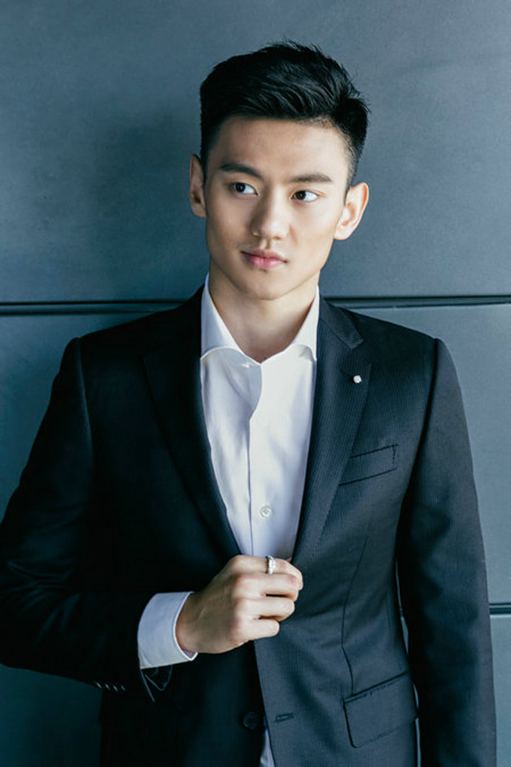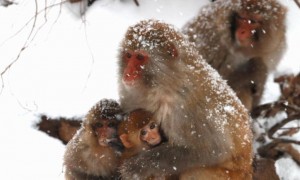导读:人有男女之分,性别亦有阴柔和阳刚之分。妹子们,你们中意哪一款?

It seems that Chinese women have too many "national husbands" nowadays. once there is an extremely popular actor or athlete, often single, he will be elevated to the altar as a "national husband".
现在的中国女性似乎有很多“国民老公”。只要出现一个当红演员或者是运动员,她们就会把他提升到“国民老公”的宝座。
Some of these "husbands" are very fit, with nice muscles, while the others are gentle, even effeminate.
有一些“国民老公”四肢发达,有着迷人的肌肉,还有些“国民老公”却很温柔,甚至是有些女人气。
But do they also look attractive in ancient China?
但是,在古代中国,他们也同样迷人吗?
It is known that the definition of good-looking often varies with society and time. And in ancient China, the standard of handsome men also changes in different periods.
我们都知道美貌的定义往往会随社会和时代的变迁而变化。在古代中国,美男子的标准在不同阶段也会出现变化。
In a story recorded in Zuo Zhuan, the earliest annals in China, a woman vacillated between a gentle man and strong one. She eventually chose the latter.
《左传》——中国第一部编年体通史——中载有一则故事,一个女子在温柔男子和健硕男子之间犹豫不决。她最终还是选择了后者。
Apart from a beautiful face, men’s height was also another important factor when judging their looks.
除了英俊的脸蛋,男性的身高也是判断其颜容的另一重要因素。
However, during Wei, Jin and Southern and Northern dynasties (220-581), those soft and effeminate men dwarfed their strong counterparts for more than 300 years.
然而,在魏晋南北朝时期(220年-581年),柔情似水的男子却力压身强体壮的男子300余年。
An extremely beautiful man, Pan An, was born during this time. And he later became the standard of handsome men in China. In Chinese, when describing a man as "looks like Pan An", it could be the highest praise to his looks.
在这段时间,有一个长相十分英俊的男子,名叫潘安。他成日后中国美男子的标准。在汉语当中,当形容一个人“貌似潘安”时,这可能是对他外貌的最高评价。
It wasn’t until the Tang Dynasty (618-907) that handsome men with strong and fit bodies regained their glory.
直到唐朝(618年-907年),身强体壮的美男子重新赢得了他们的光环。
Tang people preferred magnificent, glorious and strong things, such as fat and strong horses, peonies with large petals. As to men, Tang women liked the fitter and stronger ones.
唐朝的老百姓更喜欢富丽堂皇和健硕有力的东西,例如,肥壮的马匹,花枝招展的牡丹。唐朝的女子也更喜欢身强体壮的男子。
Men’s physical ability was also paid a special attention during this time. Men who were good at horse riding, archery, swordsmanship and martial arts were highly praised.
在这段时间里,男性的体能得到了人们的特别关注。擅长骑马、射箭、剑术和武术的男子会得到很高的评价。
Later in the Ming and Qing dynasties (1368-1911), Prince Charming for women, turned out to be those were thin, gentle with delicate features and good manners again.
而后,在明朝和清朝(1368年-1911年),对于女子而言,她们的白马王子就是那些身材纤瘦和温文尔雅的男子。







